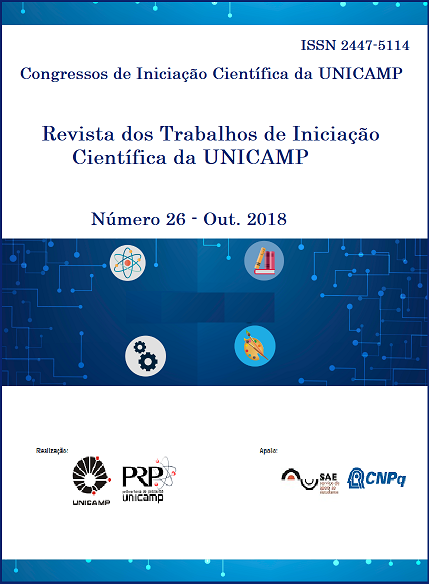Resumo
Nitric oxide (NO) donor biomaterials have great potential to promote tissue regeneration and healing. Among the materials that can be used for this purpose, collagen has high biocompatibility, low antigenic activity and is already used commercially in the form of membranes with hemostatic action for the coating of lesions to favor the regeneration of the injured area. NO is directly involved in angiogenic and proliferative activities, stimulating the tissue repair process in healthy individuals or patients suffering from chronic diseases (e.g. diabetes). The collagen membranes were impregnated with S-nitrosoglutathione (GSNO), a NO donor, through absorption from solution and characterized by vibrational spectroscopy, scanning electron microscopy and dispersive energy spectroscopy. NO release was characterized by chemiluminescence. The kinetics of NO release were shown to be dependent on the hydration degree. In vivo experiments showed that collagen/GSNO membranes accelerate wound healing and increase the expression of cytokines associated with cell proliferation in cicatricial tissue of animals compared with control animals. These results show collagen/GSNO membranes exert an effective wound healing action and have potential to treat chronic ulcers.
Todos os trabalhos são de acesso livre, sendo que a detenção dos direitos concedidos aos trabalhos são de propriedade da Revista dos Trabalhos de Iniciação Científica da UNICAMP.
